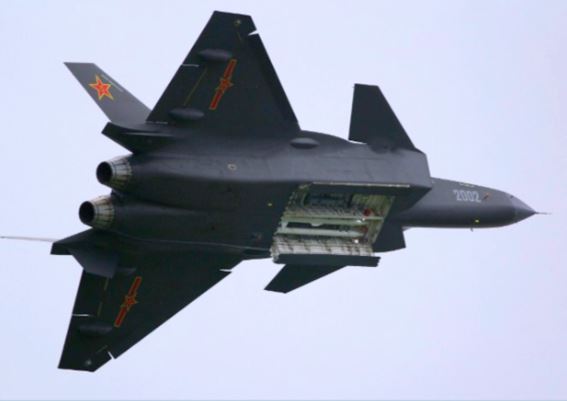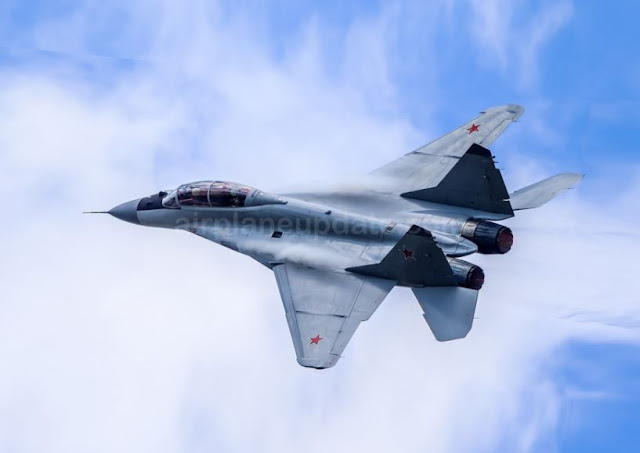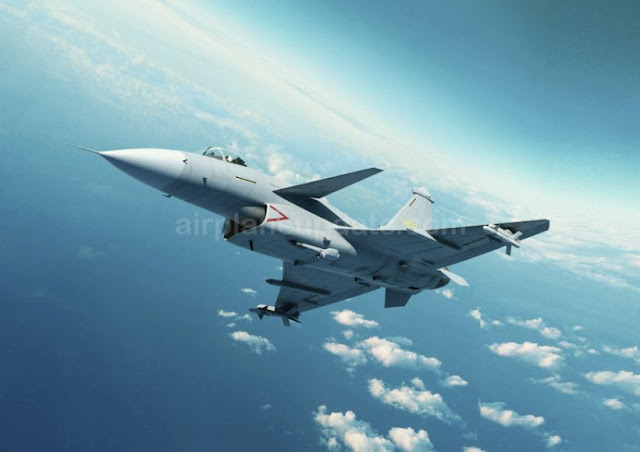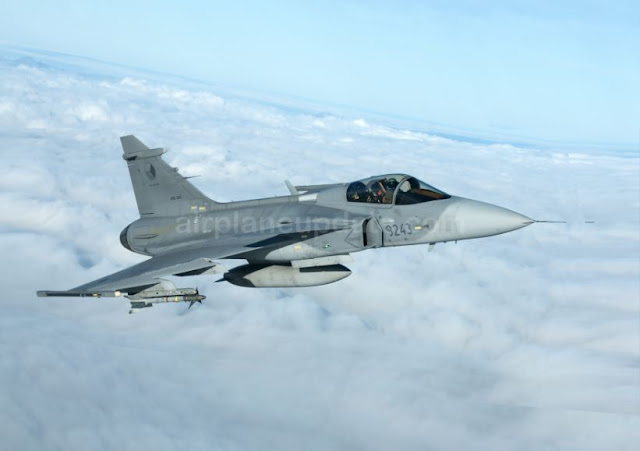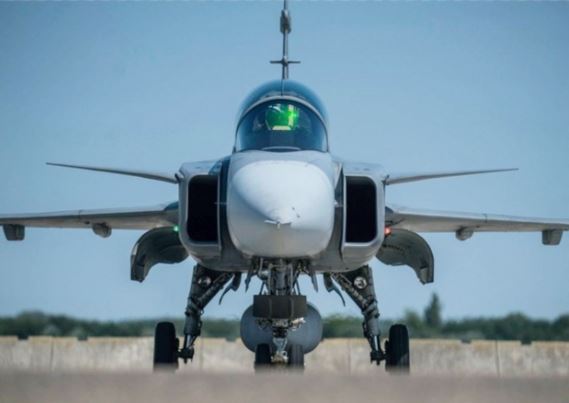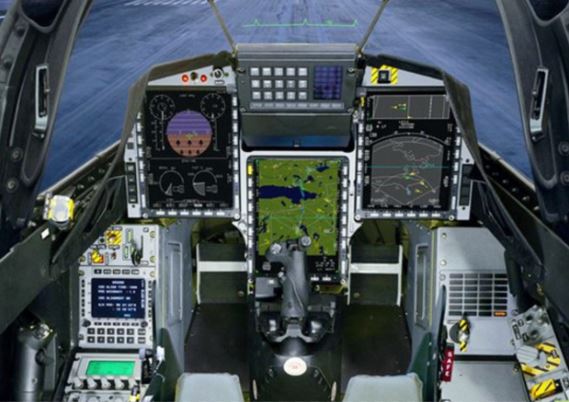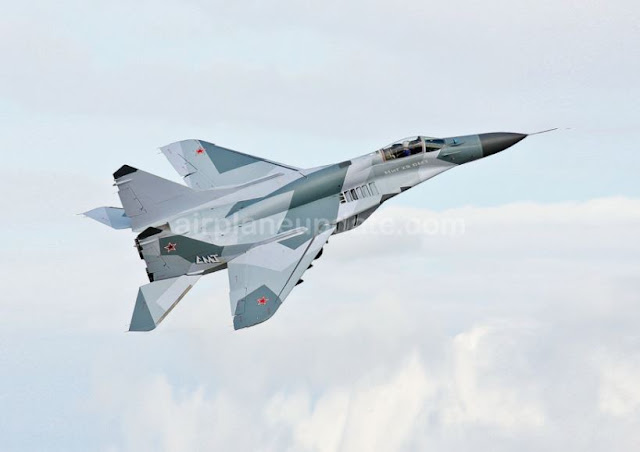Shenyang J-31 Stealth Fighter Specs, Cockpit, and Price
Admin
01:00
Shenyang J-31 Stealth Fighter Specs, Cockpit, and Price – Shenyang J-31 or FC-31 is a fifth generation, multi-role twin-engine stealth fighter produced by Shenyang Aircraft Corporation affiliated with Aviation Industry Corporation of China (AVIC) for the People's Liberation Army Air Force (PLAAF). This is the second stealth fighter aircraft that was developed native after the J-20.
J-31 fighter jets are intended to provide advanced defense capabilities in close air support, air bombardment and air ban operations. It can also suppress enemy air defenses and can be used as aircraft carrier based aircraft. The initial operational capability of the aircraft is expected in 2020.
Prototype J-31 made its maiden flight on 31 October 2012. The aircraft model was exhibited at the China International Aviation & Aerospace Exhibition (Airshow China) which was held in Zhuhai in November 2012.

The chined J-31 fuselage incorporates a pair of tail planes. The rear edge of the fuselage is hinged with two vertical stabilizers. A steering wheel is mounted on each stabilizer to control the movement of the aircraft. This aircraft is equipped with a tricycle landing gear. The nose landing gear wheel consists of double wheels, while the main landing gear has a ogle dogleg ’structure.
Overall, the Shenyang J-31 fighter has a length of 16.9 m, a height of about 4.8 m, and a wing span of 11.5 m. An empty weight of around 17 tons and a maximum takeoff weight of 25 tons. The aircraft can do missions at medium and low altitudes.
The maximum speed that can be achieved by Shenyang J-31 is around 2,200 km/ h and will offer a maximum range of more than 2,000 km when equipped with an external fuel tank. The aircraft service ceiling is around 20,000 m.

Shenyang J-31 is equipped with sophisticated avionics, including multifunctional displays, helmet mounted vision, electro-optical targeting systems (EOTS), attitude director indicators (ADI), and advanced sensors and communication systems.

J-31 fighter jets are intended to provide advanced defense capabilities in close air support, air bombardment and air ban operations. It can also suppress enemy air defenses and can be used as aircraft carrier based aircraft. The initial operational capability of the aircraft is expected in 2020.
Prototype J-31 made its maiden flight on 31 October 2012. The aircraft model was exhibited at the China International Aviation & Aerospace Exhibition (Airshow China) which was held in Zhuhai in November 2012.

Shenyang J-31 Specs
The Shenyang J-31 stealth fighter is a medium-sized fighter and has an inverterless supersonic inlet (DSI) design with bumps and front inlet covers. The fuselage combines a pair of low aspect ratio trapezoid planform wings with a titanium spar. Each wing has a 35 ° stroke and the stealth design offers a reduced radar cross section (RCS).The chined J-31 fuselage incorporates a pair of tail planes. The rear edge of the fuselage is hinged with two vertical stabilizers. A steering wheel is mounted on each stabilizer to control the movement of the aircraft. This aircraft is equipped with a tricycle landing gear. The nose landing gear wheel consists of double wheels, while the main landing gear has a ogle dogleg ’structure.
Overall, the Shenyang J-31 fighter has a length of 16.9 m, a height of about 4.8 m, and a wing span of 11.5 m. An empty weight of around 17 tons and a maximum takeoff weight of 25 tons. The aircraft can do missions at medium and low altitudes.
Shenyang J-31 Engine
The J-31 stealth fighter is powered by two RD-93 turbofan afterburning engines developed by the Russian company JSC Klimov. Each engine produces 84 kN thrust. The propulsion system also has a fixed hidden nozzle.The maximum speed that can be achieved by Shenyang J-31 is around 2,200 km/ h and will offer a maximum range of more than 2,000 km when equipped with an external fuel tank. The aircraft service ceiling is around 20,000 m.

Shenyang J-31 Cockpit and Avionics
The J-31 fighter is operated by a single pilot. The cockpit is enclosed by a transparent two-part canopy to give pilots increased visibility.Shenyang J-31 is equipped with sophisticated avionics, including multifunctional displays, helmet mounted vision, electro-optical targeting systems (EOTS), attitude director indicators (ADI), and advanced sensors and communication systems.




